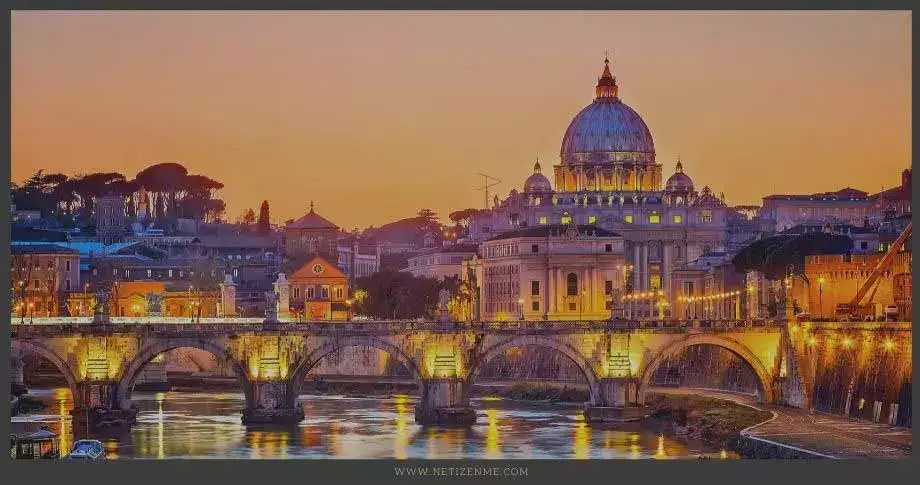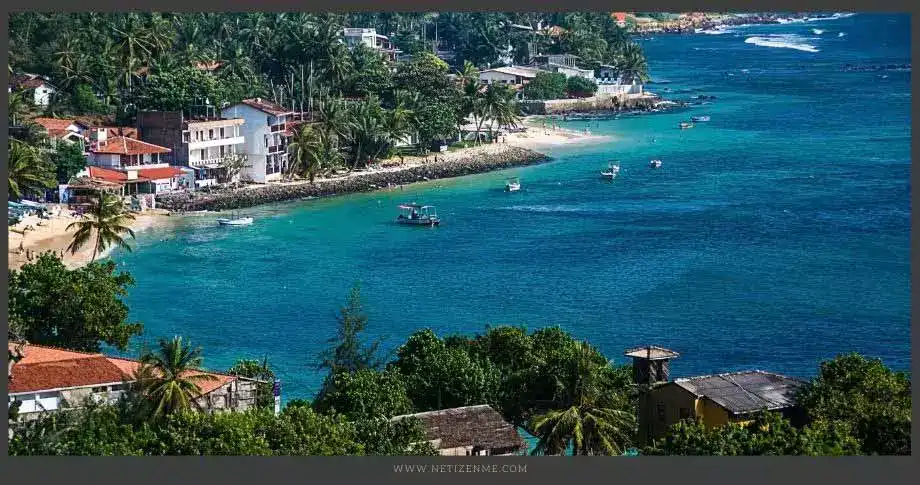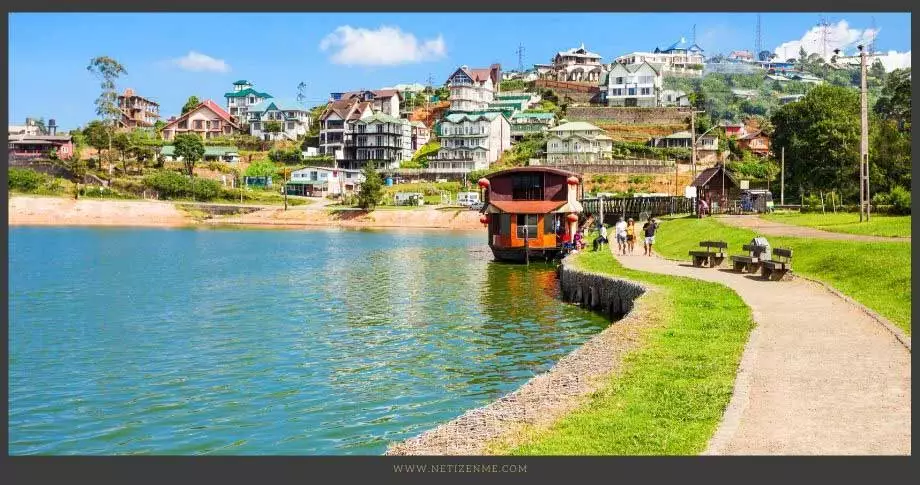South Korea’s affluent cultural heritage beckons travelers to journey through its museums, palaces, and historical sites. A land with a rich tale to be told, meanwhile, South Korea compels you to step back in time with its museums, palaces, historical landmarks, and more or less. South Korea’s cultural heritage destinations provide a deep insight into the nation’s soul, from majestic palaces and historic villages to significant temples and vibrant festivals. This blog post will explore some of South Korea’s cultural heritage Destinations, including the Gyeongbokgung Palace, Jeonju Hanok Village, and Gyeongju.
Gateways to Korea’s Artistic and Historical Treasures
Museums:
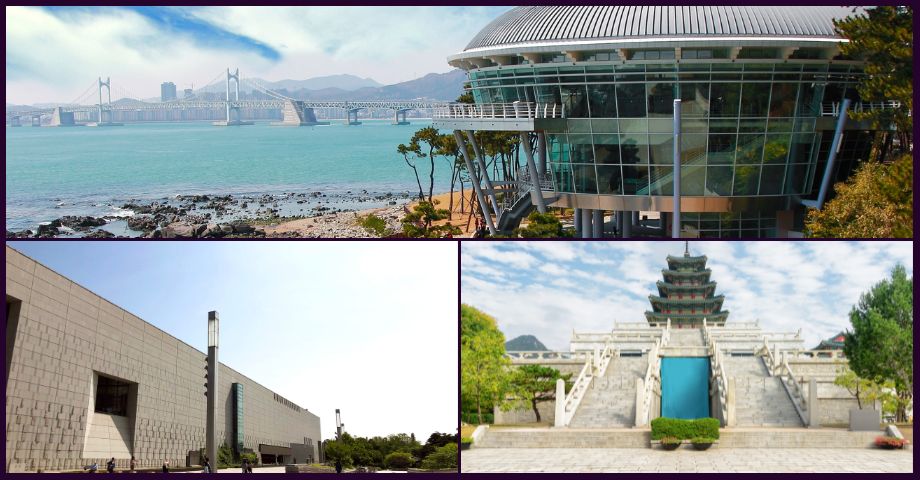
South Korea’s artistic and ancient enlightenment lies in Museums. The National Museum of Korea, in the country’s capital, Seoul, provides days of dazzling, enchanting antiquities. It is a glimpse back to a period of dynasties, battles, and arts. Next, in Busan, South Korea’s second most populous urban setting, the Busan Museum is a provocative, fascinating compilation of sculptures, crafts, and culture.
Top 8 Must-Visit Museums in Korea
Palaces
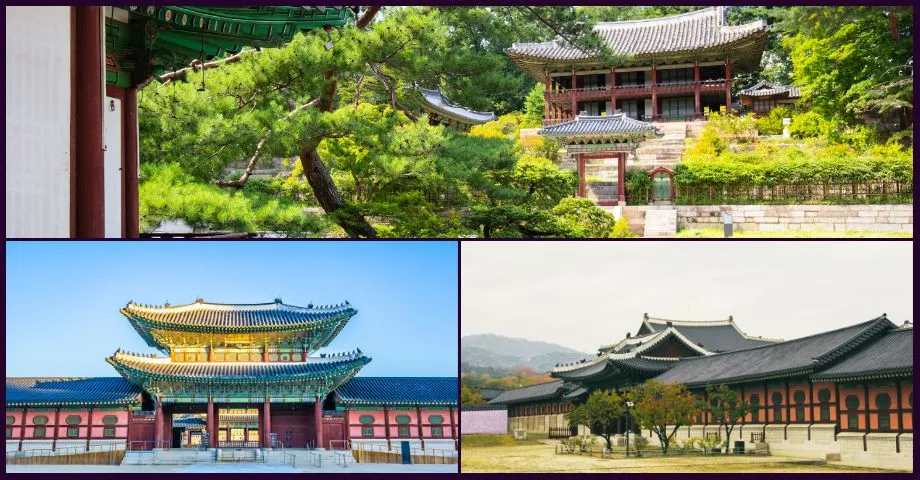
Gyeongbokgung Palace, a UNESCO World Heritage site, is a principal landmark in Seoul, showcasing the Joseon Dynasty’s architectural ingenuity and aesthetic sensibility. Constructed in 1395, it is the largest of the Five Grand Palaces built during the Joseon Dynasty. The palace’s premises feature remarkable structures such as the Geunjeongjeon, the throne hall, and the Gyeonghoeru Pavilion, set on an island in a beautiful rectangular pond. Visitors can experience the royal guard changing ceremony, a reenactment of the original, conducted with great pomp and circumstance. This site not only highlights architectural beauty but also offers insights into the cultural protocols of the era.
5 Joseon Palaces of South Korea
Historical Sites
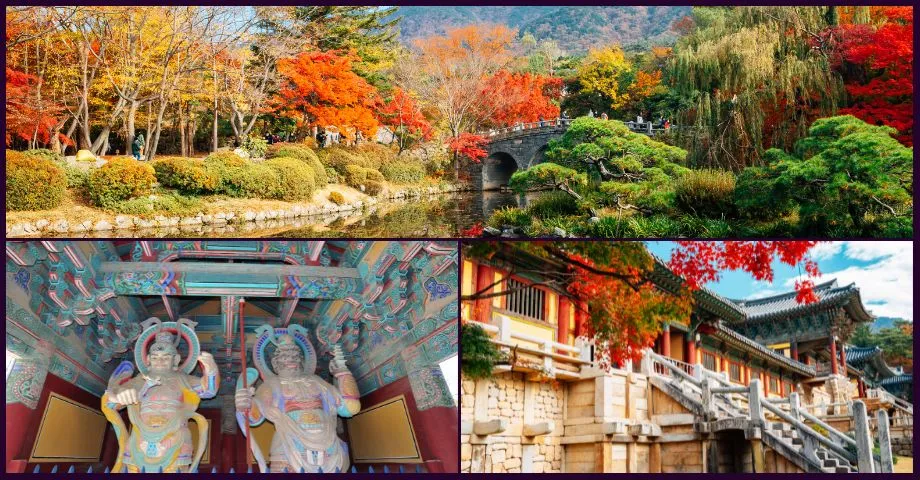
Often referred to as “the museum without walls,” Gyeongju, the ancient city, acts as an open-air museum and is another must-visit cultural destination in South Korea. This ancient city was the capital of the Silla Kingdom, which lasted for nearly a thousand years. The city is dotted with remnants of Silla’s grandeur, including Tumuli Park, which features royal tombs set within large, grassy mounds, and Bulguksa Temple, a Buddhist art and architecture masterpiece. The Seokguram Grotto, near the temple, houses a magnificent statue of Buddha looking out to sea, symbolizing spiritual guidance. These sites collectively offer a panoramic view of ancient Korea’s historical and religious landscape.
Exploring Bulguksa: Timeless Grandeur in Gyeongju’s Autumn Splendor
Korea’s cultural realm, Hwayang-dong, is modern but antiquated. It shifts between exhibitions, Palaces, and displays—the metropolises flex in Korea’s cobblestones, cherishing the history of Korean Hanbok from knickknacks to souvenirs. Crafting has lost nearly all of its fashion style.
Intangible Cultural Heritage
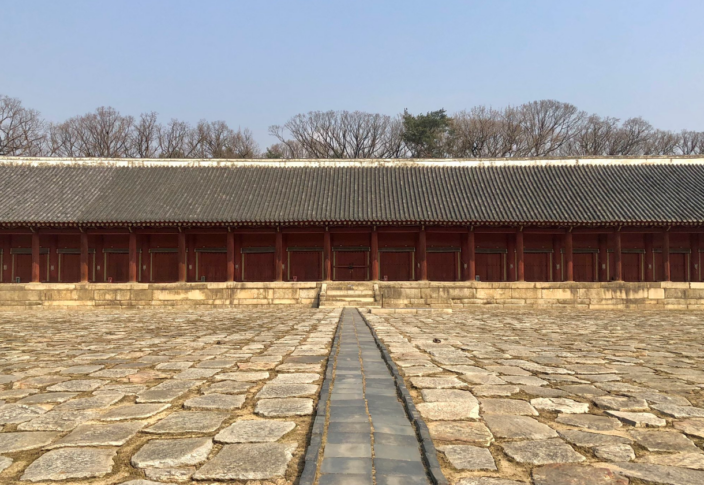
Apart from the physical sites, South Korea’s cultural heritage includes intangible aspects like music, dance, and rituals. The Jongmyo Shrine, dedicated to the memorial services for the deceased kings and queens of the Joseon Dynasty, is a prominent place where such intangible cultural heritage is preserved. The annual Jongmyo Jerye ceremony features elegant court dances and music passed down through generations. This event, recognized by UNESCO as a masterpiece of the Oral and Intangible Heritage of Humanity, provides a profound insight into the ceremonial practices of the past.
Transitioning Through Time: Korea’s Cultural Flow
Witness the ebb and flow of Korea’s cultural narrative as you seamlessly transition between museums, palaces, and historical sites. Modernity and tradition coexist harmoniously, evident in the juxtaposition of ancient artifacts against bustling metropolises.
Korean Hanbok: Tradition & Fashion
South Korea’s Cultural Heritage Destinations
South Korea’s cultural heritage destinations are not merely tourist spots but are pillars that uphold and reflect the country’s rich historical tapestry and cultural identity. From the architectural wonders of Gyeongbokgung Palace and the traditional lifestyles preserved in Jeonju Hanok Village to the historical treasures of Gyeongju, each site offers a unique story and an immersive experience. These destinations are essential for understanding Korea’s past and ongoing cultural evolution.
As we conclude, it is clear that visiting these sites provides a deeper appreciation of Korea’s cultural richness and its commitment to preserving its heritage. Every step, from museums to palaces and historical sites, is a revelation, embracing tradition while forging ahead into the future. Your journey through South Korea’s cultural wonders will not be just a trip through time. But an immersion into the soul of a nation where the past and present dance in graceful harmony.
This article is written by:

Eunjin Kim
With a background in art and design, driven by her passion for artistic expression and cultural promotion, Eunjin is on a mission to shine a spotlight on the vibrant heritage and irresistible charm that South Korea has to offer.

